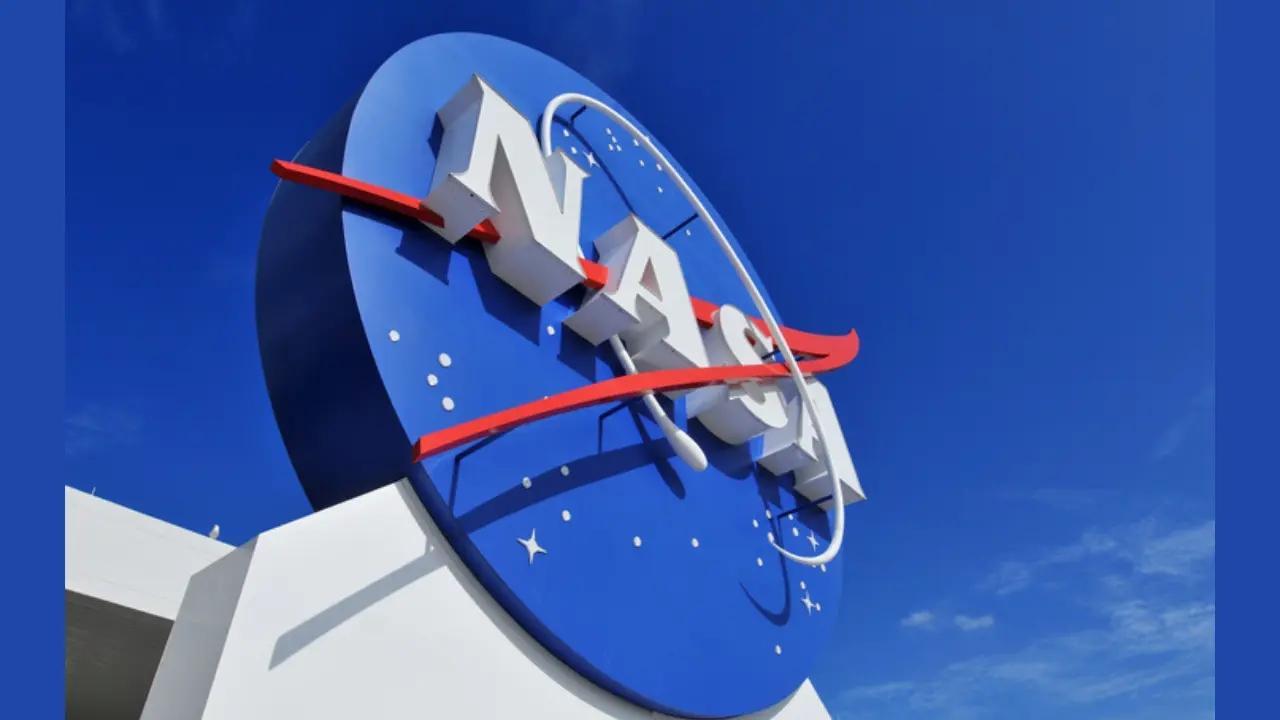Astronauts could return to the moon in a few years, if this six-week test flight goes well. NASA officials caution, however, that the risks are high and the flight could be cut short

Representative image
NASA's new moon rocket remained on track to blast off on a crucial test flight Monday, despite a series of lightning strikes at the launch pad.
ADVERTISEMENT
The 322-foot (98-metre) Space Launch System rocket is the most powerful ever built by NASA. It's poised to send an empty crew capsule into lunar orbit, a half-century after NASA's Apollo programme, which landed 12 astronauts on the moon.
Astronauts could return to the moon in a few years, if this six-week test flight goes well. NASA officials caution, however, that the risks are high and the flight could be cut short.
In lieu of astronauts, three test dummies are strapped into the Orion capsule to measure vibration, acceleration and radiation, one of the biggest hazards to humans in deep space. The capsule alone has more than 1,000 sensors.
Officials said Sunday that neither the rocket nor capsule suffered any damage during Saturday's thunderstorm; ground equipment also was unaffected. Five lightning strikes were confirmed, hitting the 600-foot towers surrounding the rocket at NASA's Kennedy Space Centre. The strikes weren't strong enough to warrant major retesting.
Clearly, the system worked as designed, said Jeff Spaulding, NASA's senior test director.
Also Read: Gurugram: BCA student, electrician held for making threat calls to Congress MLA
More storms were expected. Although forecasters gave 80 per cent odds of acceptable weather Monday morning, conditions were expected to deteriorate during the two-hour launch window.
On the technical side, Spaulding said the team did its best over the past several months to eliminate any lingering fuel leaks. A pair of countdown tests earlier this year prompted repairs to leaking valves and other faulty equipment; engineers won't know if all the fixes are good until just a few hours before the planned liftoff.
After so many years of delays and setbacks, the launch team was thrilled to finally be so close to the inaugural flight of the Artemis moon-exploration programme, named after Apollo's twin sister in Greek mythology.
Also Read: Twin Towers demolition: Boundary wall of nearby society damaged
We're within 24 hours of launch right now, which is pretty amazing for where we've been on this journey, Spaulding told reporters.
The follow-on Artemis flight, as early as 2024, would see four astronauts flying around the moon. A landing could follow in 2025. NASA is targeting the moon's unexplored south pole, where permanently shadowed craters are believed to hold ice that could be used by future crews.
This story has been sourced from a third party syndicated feed, agencies. Mid-day accepts no responsibility or liability for its dependability, trustworthiness, reliability and data of the text. Mid-day management/mid-day.com reserves the sole right to alter, delete or remove (without notice) the content in its absolute discretion for any reason whatsoever.
 Subscribe today by clicking the link and stay updated with the latest news!" Click here!
Subscribe today by clicking the link and stay updated with the latest news!" Click here!







